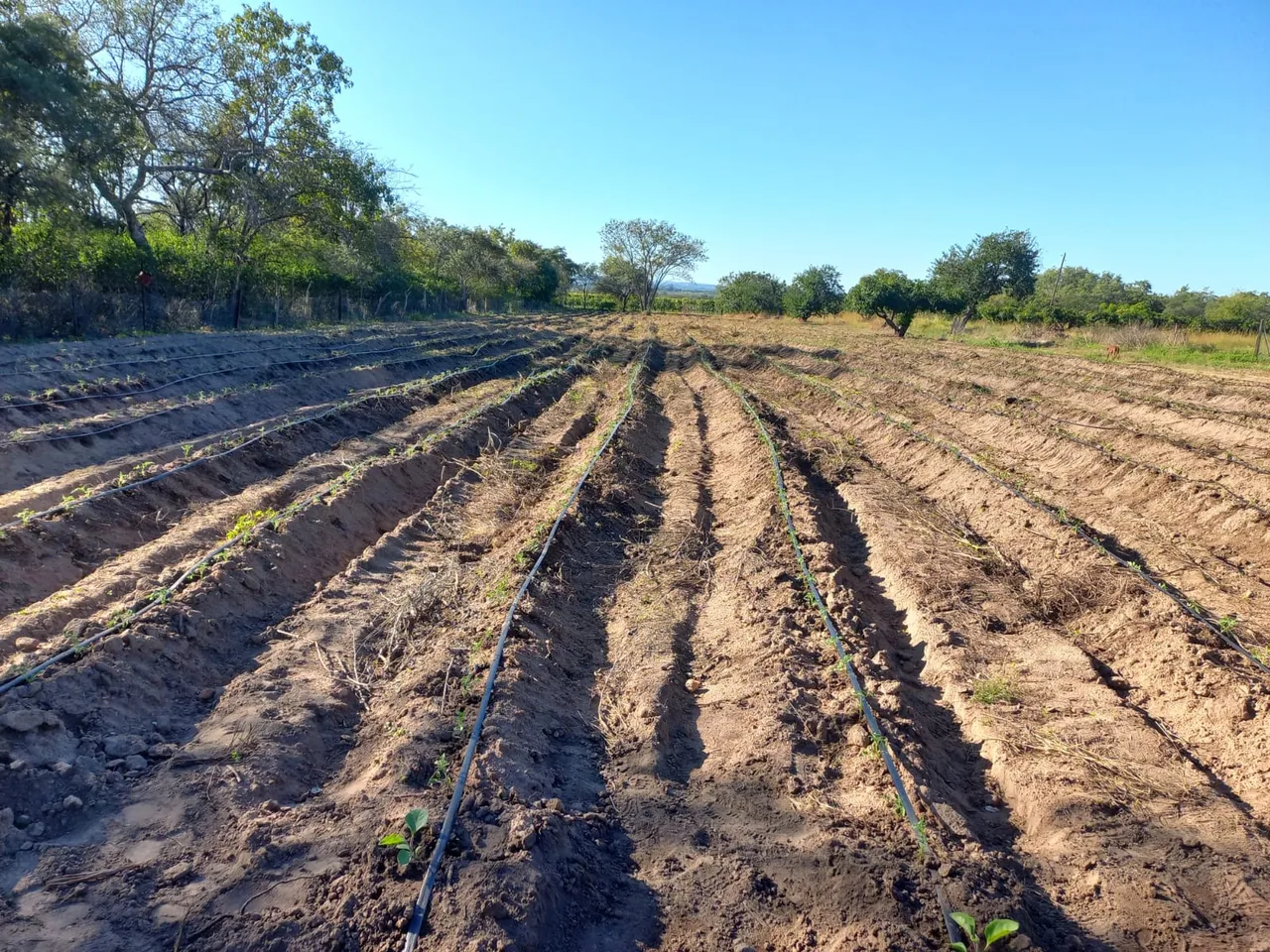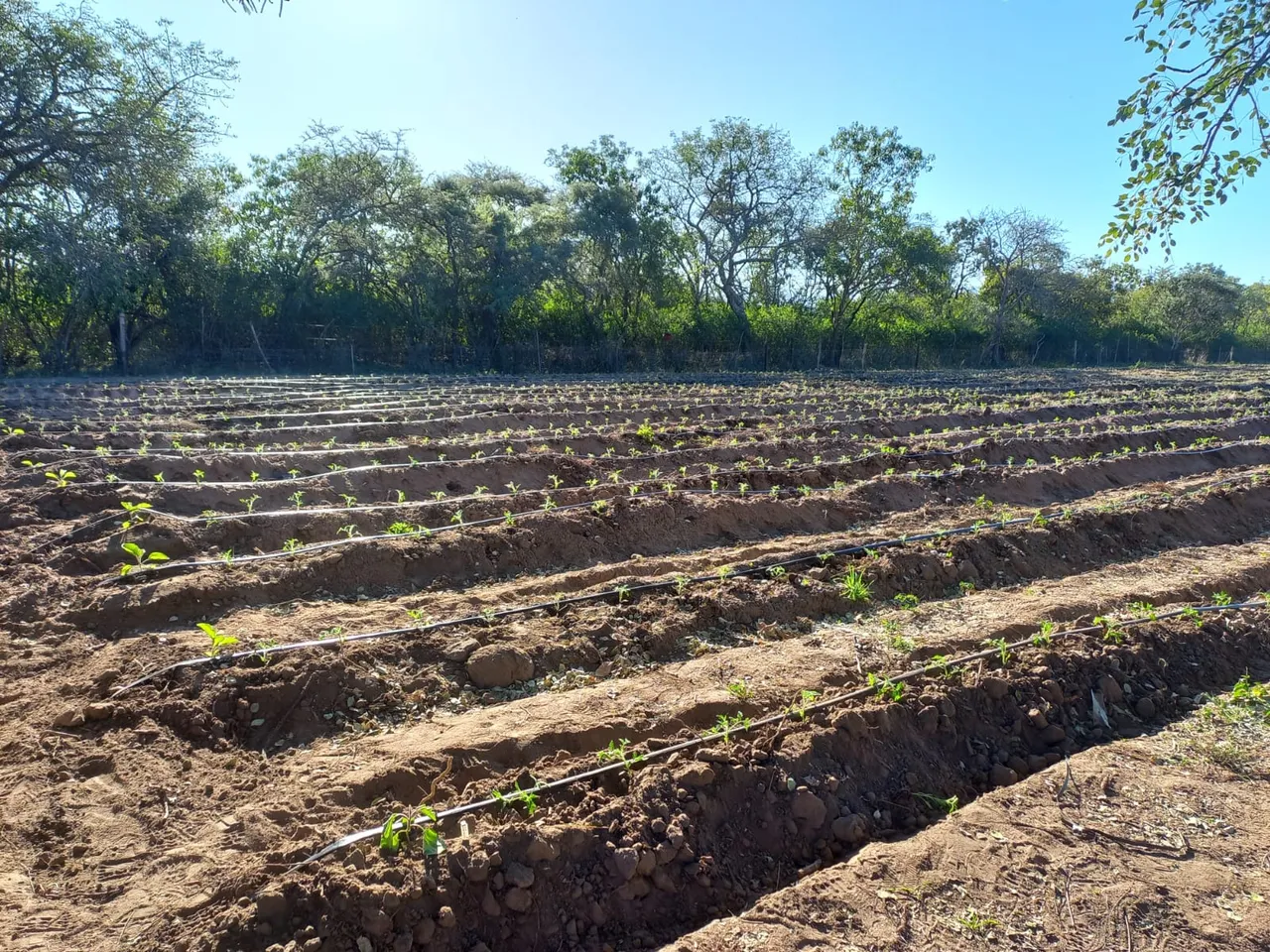
Now we all know that farm work is never done, but during this year, I made a point of trying to get the crops back up and running on the farm. This labor of love stemmed from two sources: to try and save the farm and create a financial safety net should anything happen to the income generated from my day job.
With that in mind, I started working a section of virgin land on the farm. Phase one included digging up some unwanted trees and clearing the area where I intended to plant, leaving only a few more established trees in tack. After that, the soil was ripped 1.5 meters deep with a rented bulldozer before we could put a disk harrow to it.

Then the real work started. Tons and tons of manure were carted in and spread over the land, the land was disked one last time to mix everything well, and then we started throwing the ridges.
The old Massey Ferguson 165 screeched and moaned with every rotation. The poor old machine has undoubtedly seen better days. We threw the ridges as straight as her beat-up steering would allow us and waited patiently for her every time she overheated. This stretch of the work called for short bursts of labor and long hours of repair, but she managed to get the job done. And I promised her a decent overhaul as soon as this was all done and dusted.
Once the ridges were more or less in place, we laid dripline irrigation and started plating the control plants at the end of each row. In this case, our main crop was going to be HTX14 tomatoes; therefore, our control plants were brinjals.
Control plants are planted at the end of the crop rows that serve a beneficial purpose to the crops. With brinjals and tomatoes sharing many similar traits and the brinjals being more susceptible to disease and infestation, they indicate any disease or ailments that could manifest in the crop. As soon as there are any indicating factors on the brinjals, you know to treat your tomatoes for the same factors preemptively.

Now I was finally ready to plant, and we received the delivery of 12000 tomato plants. For this, I called in some extra day labor, and before the day was done, all the new tomato plants were firmly in the soil and sufficiently watered. Fair, I had a hard time walking for the next two days (Not sure if that is just my lazy butt being unfit?), but all the effort was worth it in the end.
I can tell you there is nothing quite like looking out over a freshly planted field when all the effort and hard work finally come together.
